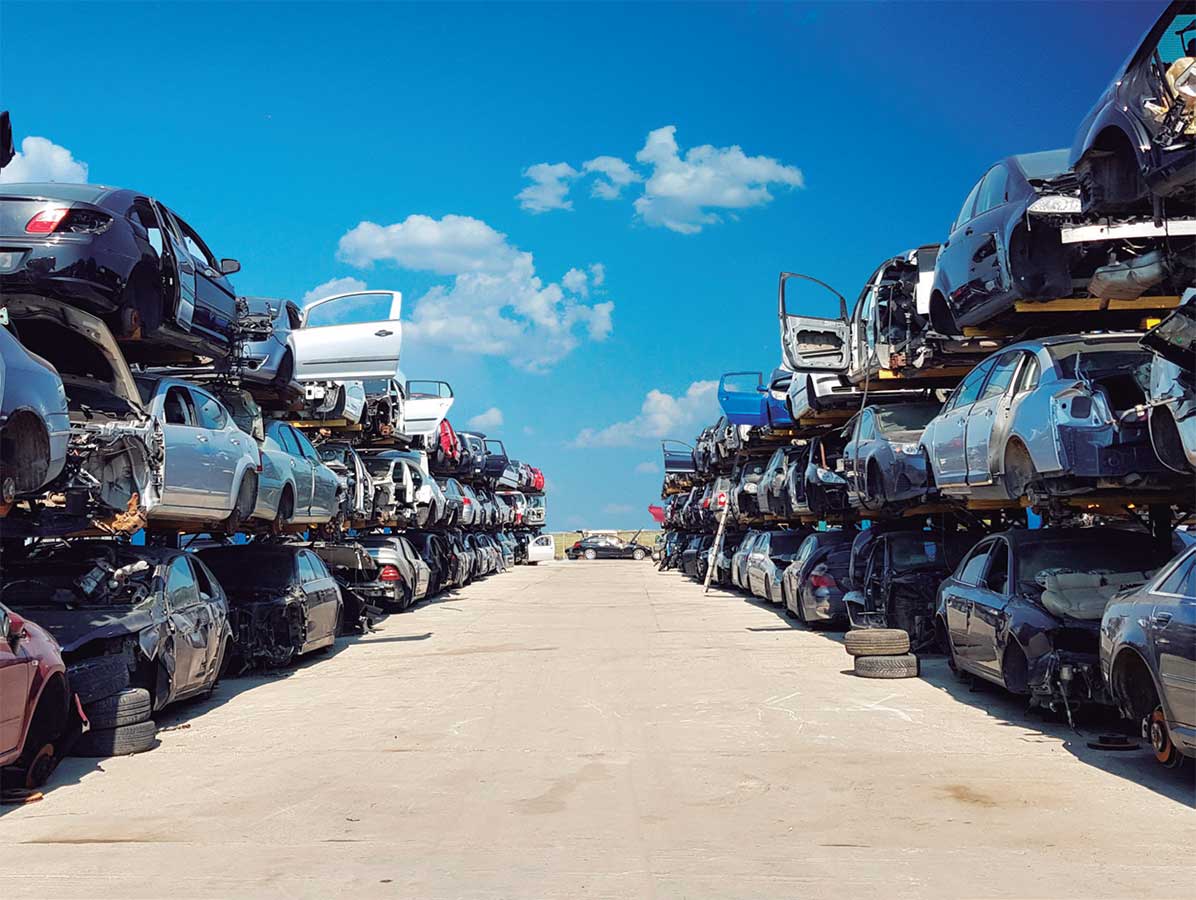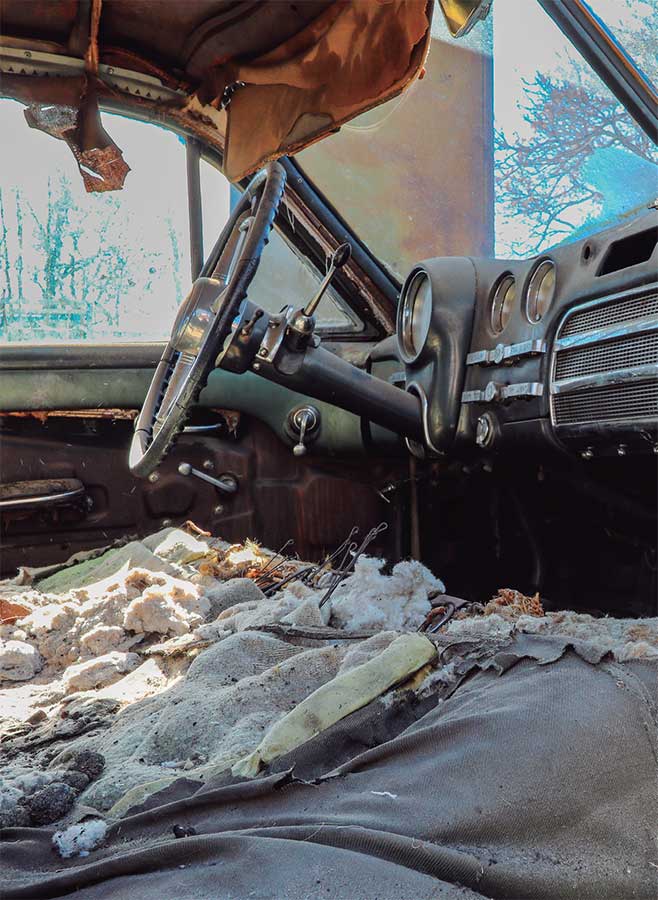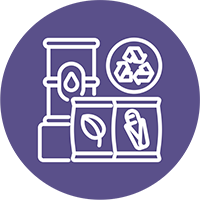CLOROX
DECREASING CHLORINE IN END-OF-LIFE VEHICLE WASTE
THE WASTE FROM DECONTAMINATION OPERATIONS OF END-OF-LIFE VEHICLES (ELV) at Authorised Treatment Centres (ATC) are compacted and fragmented to recover any secondary raw materials contained, obtaining three fractions: ferrous metals (destined for smelters); shredder light fraction, or Fluff (light materials such as foams, textiles, wood, dirt and varying amounts of metals in non-mass format); and shredder heavy fraction (which is sent to extraction plants of contained non-ferrous metals, resulting in a waste stream rich in mixed plastics). Both light fraction and nonmetallic heavy fraction are mainly managed in landfi lls.
The ELV legislation sets recycling and recovery targets for the materials contained in ELVs, and compliance involves recovery of polymeric materials present in light and heavy fractions. After comprehensive extraction of the metals they both contain, high calorific value fractions which can be potentially useful for the manufacture RDFs are obtained. Furthermore, the use of RDFs in cement plants in the Basque Country is subject to limits on several pollutants, which means that heavy fraction is almost entirely sent to landfill since its chlorine content is above the limit established (1%).
DEYDESA 2000 is part of the Otua Group, specialised in recycling fractions from ELVs shredding, recycling small and complex metals, sorting steelworks rejects and separating clean metal. For CLOROX implementation, the company worked with LEMONA, a cement manufacturer, and INATEC, Otua Group’s R&D Unit.

DRIVING FACTOR


 OBJECTIVES
OBJECTIVES
- Implement a system to reduce chlorine content to introduce RDFs into cement factories in the Basque Country.
- Ensure profitability of the cooperation between DEYDESA and LEMONA.
- Meet the requirements of ELV legislation. This involves combining different advanced conditioning and separation technologies to remove PVC derivatives.
 RESULTS
RESULTS
- A treatment scheme based mainly on X-ray separation was implemented.
- The RDF obtained has a chlorine content of 0.62%.
- A recovery of 70% of the plastic fraction derived from heavy fraction treatment as RDF material in the cement industry.
- Trial run on a large industrial scale with the manufacturing 19,885 tonnes of clinker using 173.27 tonnes of RDF material treated according to the developed process.
 CONCLUSIONS
CONCLUSIONS
- The use of RDF as an alternative fuel is technically feasible and does not pose adverse effects on the product quality and the production process at the cement plant. Flue gas and particulate emissions have remained unaltered and are compliant with the applicable legislation.
- CLOROX is an environmentally and economically viable project to produce RDF compared to disposal alternatives at current market costs.
ENVIRONMENTAL
TECHNICAL
ECONOMIC
COMMERCIAL
ON THE MARKET



